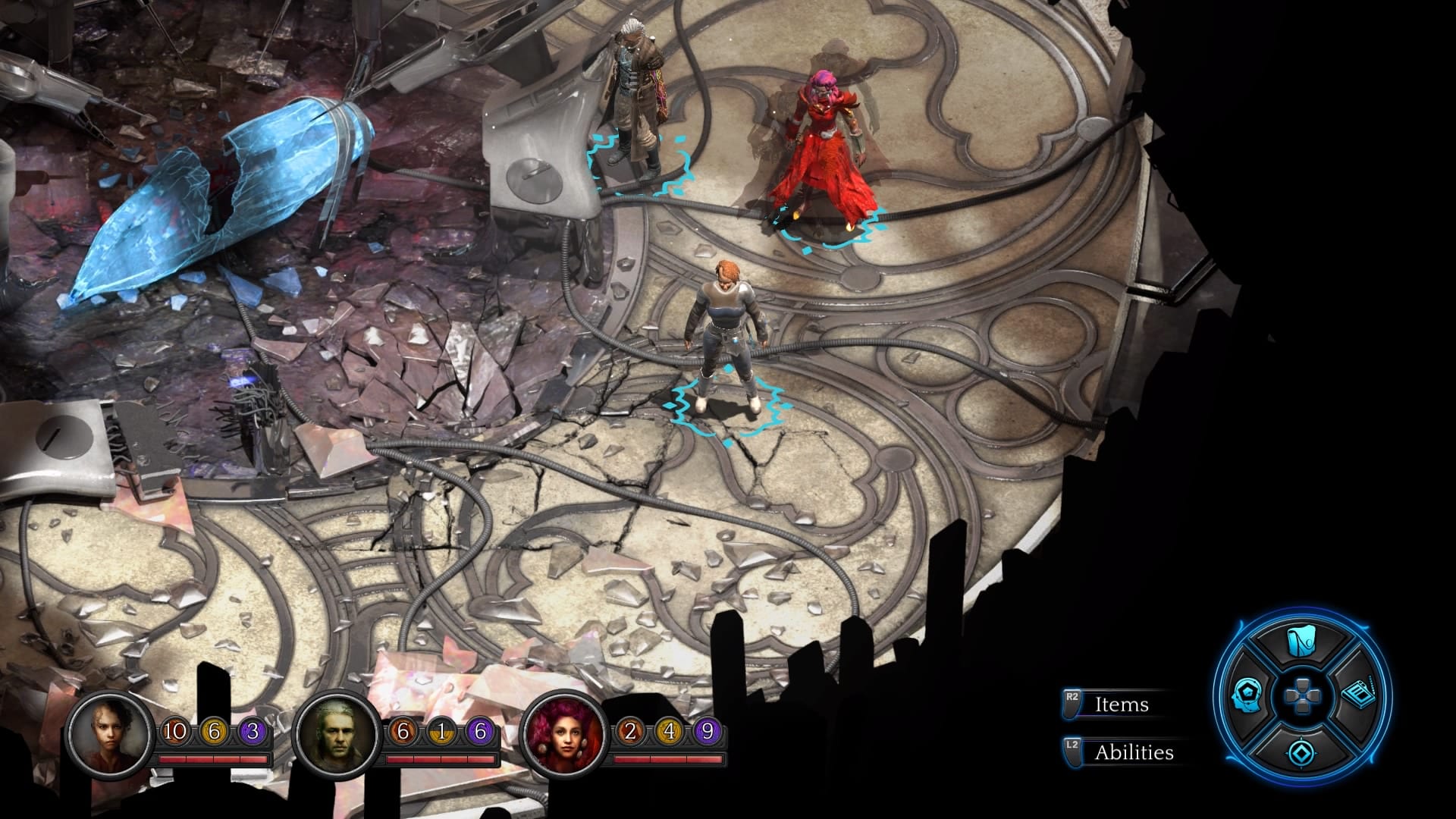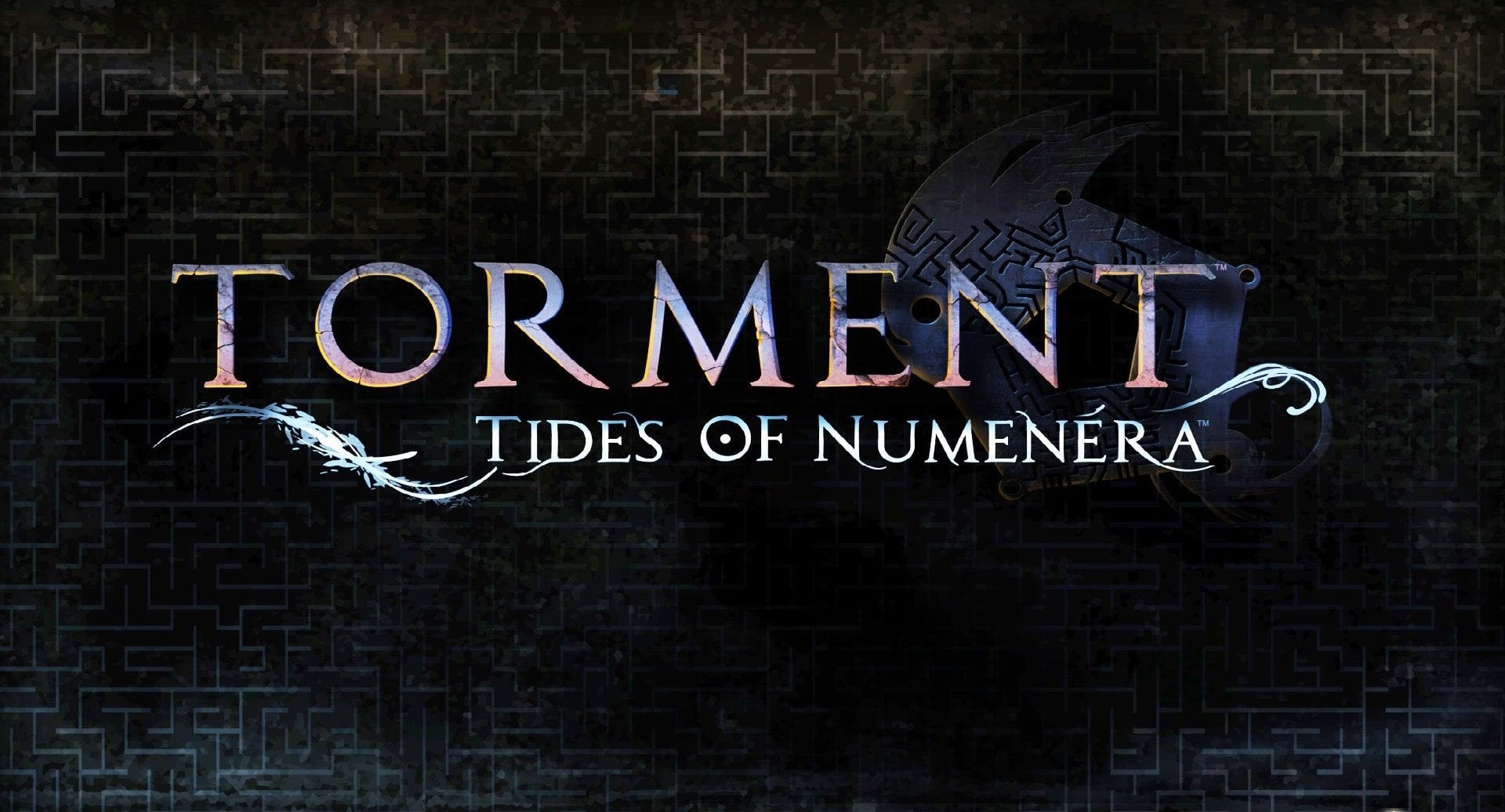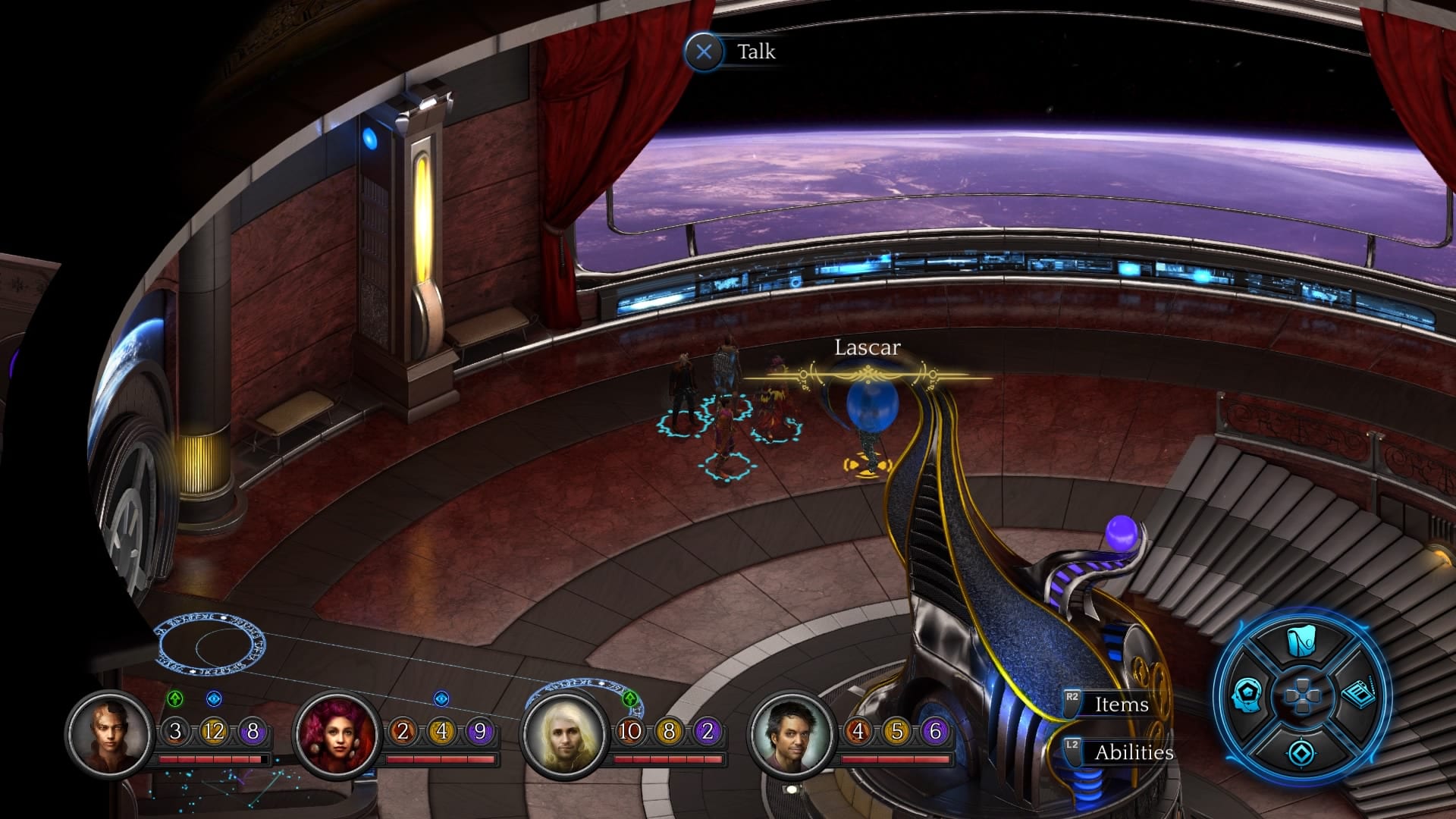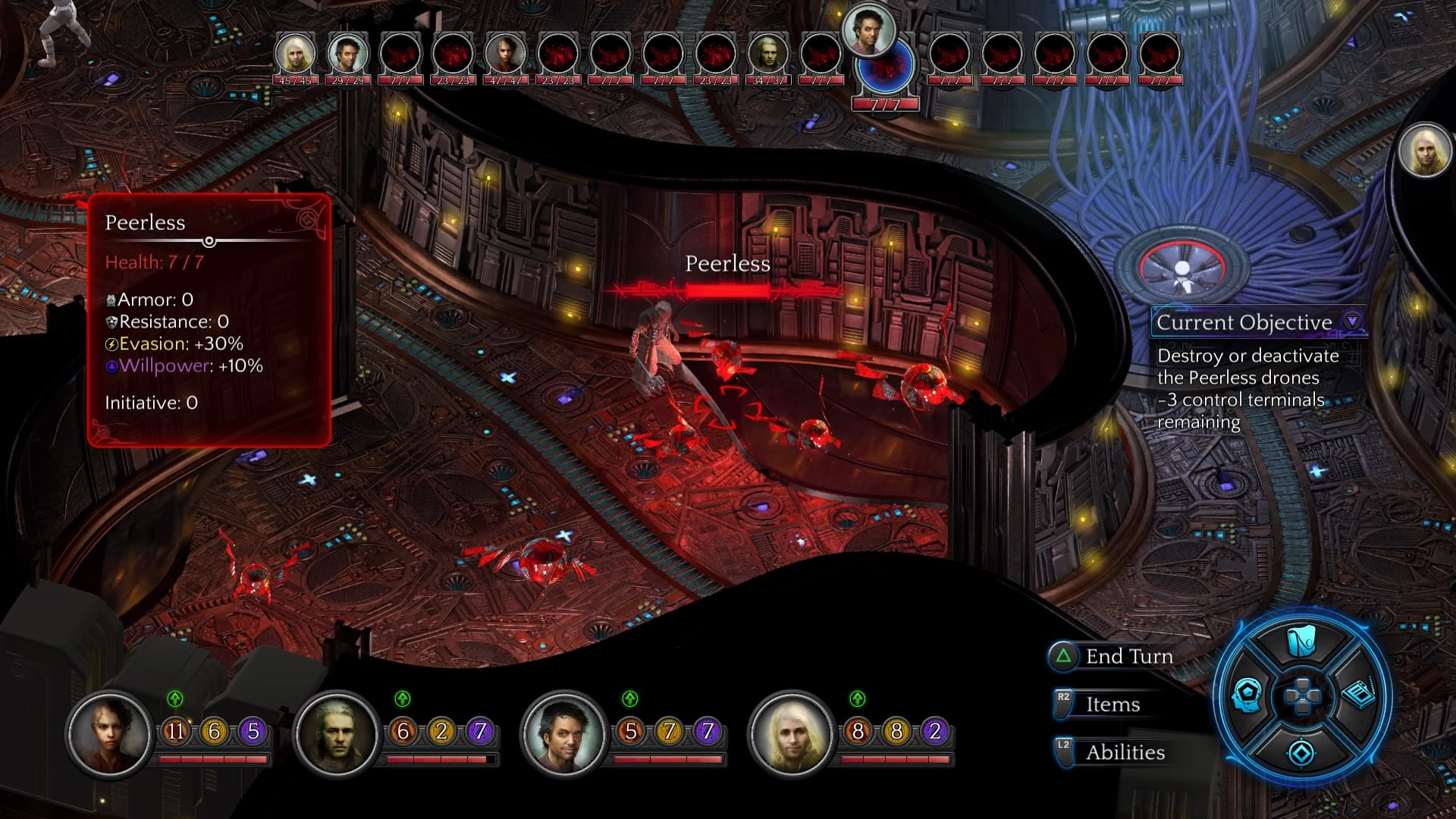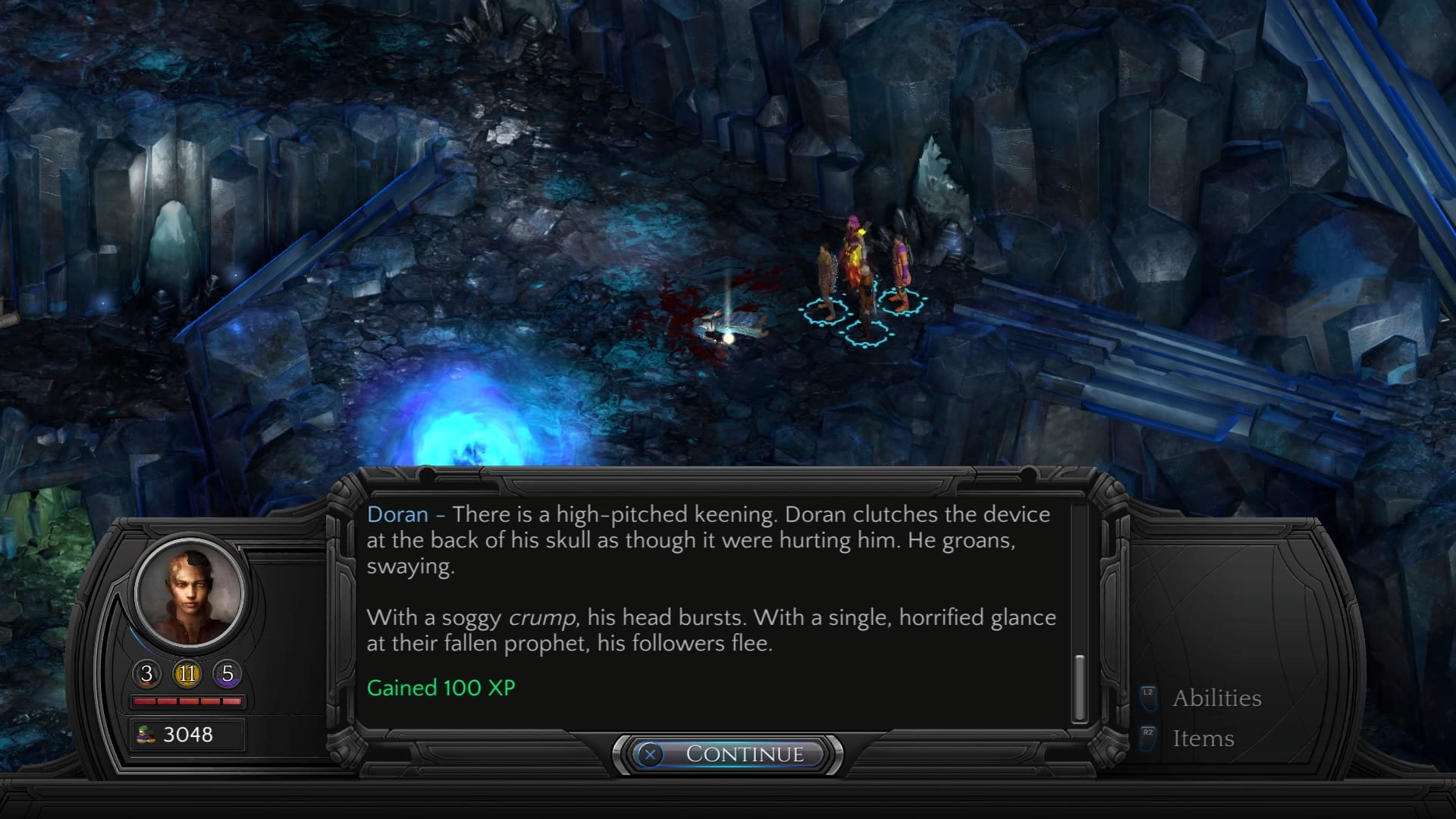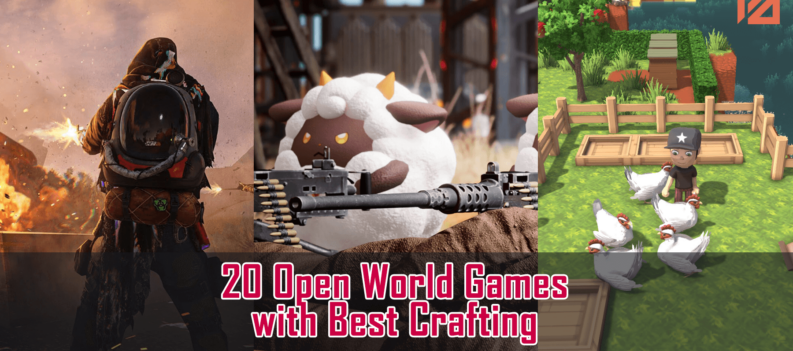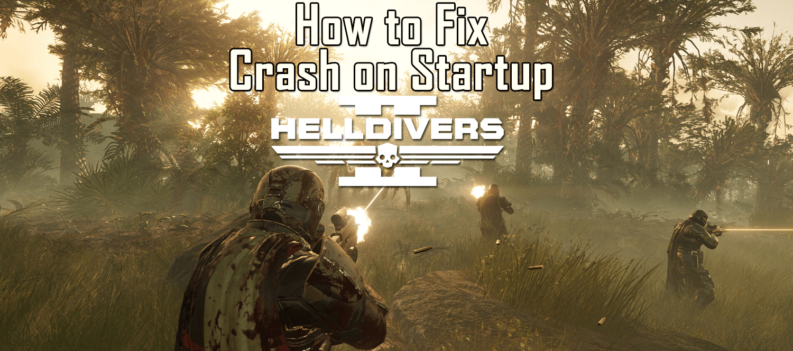RPG fans around the world are waiting with bated breath. The 28th of February will finally bring inXile Entertainment’s spiritual successor to Planescape: Torment to PC and console. Torment: Tides of Numenera takes the isometric viewpoint and deep, branching, system of choice from its predecessor and attempts to create a CRPG that can offer the same depth of role-playing opportunities to a new generation of gamers. Recognising the need for reviewers to immerse themselves in the game and test its branching pathways, the publisher Techland sent us a review code near enough three weeks ago and our reviewer assures us that every second has been necessary (although he was slurring when he said it and we’re pretty sure we could hear Kanye in the background). Anyway, let us clear the fog of war on the current area as we bring you the review.
I’m not going to beat about the bush on this, Torment: Tides of Numenera is fantastic. For me, it manages to capture what made CRPGs like Planescape: Torment unforgettable. Namely, the depth of its branching pathways, the character drama, and the high level of writing quality that pins it all together. There are multiple solutions to everything, even the fights, and more than anything else it’s this approach to problem-solving that really allows you to role play your chosen character. Fight for the greater good or manipulate those around you, pursue knowledge or chase fame, show mercy or take vengeance, earn your just rewards or steal everything that’s not nailed down, are just some of the choices you’ll make throughout your journey. What’s most impressive is that these decisions will often have consequences beyond just what reward you’ll receive for your actions and, frequently, side quests intertwine with each other and the story in surprising ways. It’s not flawless as combat can be humdrum at times and as we speak there are a few technical issues that need to be ironed out, but for anyone who doesn’t mind reading a good few novels worth of text in their RPGs, Torment: Tides of Numenera is a real gem. If that’s piqued your interest, come with me now on a journey through time and space.
inXile’s Sci-fi fantasy RPG grabbed me right away with the opening. Your character is a ‘castoff’ – a mind born into the former body of your creator, the Changing God, when he vacates it for a new one. You’ll find this normally occurs when something nasty is about to happen and you’re no exception. Your first sight is that of a collapsing moon followed by the earth below you, getting closer, fast. After the fall, you’ll get your first taste of how useful your castoff body really is. As your body repairs itself, you find yourself inside a labyrinth in your own mind. You’ll then recover memories to form a pathway out of the labyrinth through some choice based conversation options in what turns out to be an interesting way of setting up your character archetype. Choose violent solutions in your memory and the reflection you see at the end may be a hulking brute. Choose cunning and he or she might be a rogue with a gifted tongue. It’s a great way to give a clue to what kind of options you might prefer throughout the story and, importantly, it doesn’t lock you into any choices until you’ve had a chance to pour over the specific bonuses in the character creation sheet if you wish.
The introduction forms a useful picture of what’s to come. After setting up your character you’ll briefly meet the antagonist of our story, the Sorrow – a being that is relentlessly chasing down and eliminating both the castoffs and their creator, in a combat tutorial of sorts. Pass this, and you’ll be introduced to your first traveling companions before getting a taste of how useful poking around your environment can be by exploring the immediate area around your crash site. This caps off in your first real crisis (the game’s term for any potential combat scenario). I don’t want to spoil anything by going into too much detail but the multiple solutions and possible endings to this crisis and the tough decision you’ll have to make after really sets the tone for the rest of the game and form an incredibly compelling introduction.
It doesn’t let up there. Torment continues to impress as you enter the first larger area, Sagus Cliffs, a city split into multiple tiers you’ll be able to explore at your leisure. All of the settings in the game have a unique beauty to them and Sagus Cliffs is the first real taste of this. The environments are busy and full of points of interest whether they are monuments, interesting characters, or events occurring in the city. Just by talking to people, examining your surroundings and paying attention you can uncover a wealth of side content. Many of the stories you’ll discover can be affected by decisions you’ve made elsewhere and not only your choices but even the order in which you make them can affect how events play out. It effectively creates an impression of a living world that exists without you but that you are able to exert a tangible influence on.
One of the first things that will strike you about the game is its unique aesthetic. The settings and story are an example of second world creation normally reserved for the pages of sci-fi writers like Ian M. Banks. Torment: Tides of Numenera is absolutely dripping with lore that can be uncovered through conversations, quests, and items, further enhancing the impression of a world that has existed for a long time before you and will continue to exist long after you’re gone. The actual writing and level of storytelling that goes into even the most minor sidequest is also on par with such literary pedigree. The setting of the Ninth World is a place where things like time, reality, and consciousness are more subjective concepts than hard and fast rules. It’s a paradise of discovery for anyone who’s into high-concept sci-fi like the aforementioned author’s Culture novels. It is unapologetically weird and will force you to grapple with characters that exist across multiple timelines, in several realities at once, or don’t exist at all and then throw moral conundrums your way on the nature of fate and existence. Keeping track of your choices while never really judging them as ‘good’ or ‘bad.’
The morality system, if you can call it such, is an interesting one. This is where the ‘Tides’ come into play. As you make choices in conversation and solve quests in various ways, you increase your ‘affinity’ for certain Tides. Rather than a binary good/evil system, each of the five Tides has its own associated qualities. For example, making emotional decisions will increase your affinity to the red tide, considering the wider world in your choices will influence the indigo tide, giving charity will affect the gold tide and so on. It doesn’t unlock abilities or story elements though, rather it builds a picture of your character as you go along, affecting how people see you and subtly affecting how they react. The effects are only perceptible on multiple playthroughs and even then they are subtle but by the end of the game when you see the results of your actions you also get a sense of how you were perceived. It’s interesting as it means there’s no real impetus to make moral decisions in a certain way to affect gameplay, as such, the choices made are for your own satisfaction and the results of those choices are their own reward.
Where you may find yourself making decisions for gameplay reasons is in your interactions with your side characters. These are some of the best characters in the game, each with unique personalities, backstories and motivations and they each have questlines to follow. Not all of them have happy endings, even dependent on your choices, and some have very difficult ‘if you love them, let them go’ moments that tested my resolve to the limit when deciding whether to fulfill their ambitions or to keep these characters close. Fortunately, there’s always the solace of multiple playthroughs to resolve their stories to your satisfaction. Even allowing your characters to leave your side can have unexpected benefits later on, though, the game is generally excellent at obfuscating things just enough that there’s no obvious ‘best’ outcome to most situations. As a result, I genuinely found myself making decisions based on how I felt or how I believed my character would act. For me, there’s no higher seal of approval for a roleplaying game than that.
So we covered Tides, what about Numenera? These are slightly harder to explain. In a word, Numenera are everything. Everything in the Ninth World is a relic from the past, from the machines that power cities to the dirt underneath your feet. The collective term for this gubbins is Numenera but the ones you’ll mainly be concerning yourself with are; Artifacts, usually in the form of weapons and equipment, Cyphers, powerful items to help you in combat and conversation, and Oddities, which are normally sellable trinkets but can occasionally reveal surprising additional effects on closer inspection. These various items are worth a special mention mainly due to the craft that has gone into them. Even the most useless trinket will have a vivid description of its use. Cyphers also have a critical role to play in expanding the game’s combat options. The basic movesets of your three character class choices are rather limited and the variety of equipable Cyphers that can grant everything from high area damage, shields, and healing, to invisibility or the ability to influence others in conversation, really allow you to expand your options. They don’t come without penalty though. Equipping more Cyphers than a character’s given limit will inflict increasing penalties meaning you’ll have to invest in increasing that limit if you want to walk around with pockets full of death.
Speaking of combat, how much you will actually fight in Torment is up to you. Almost every situation that could lead to violence can be resolved in other ways and on the few occasions where you are forced to fight, there are often environmental options that allow you to weaken foes or evade them altogether. Some fights can even be stopped after they’ve begun by talking to key characters in the conflict. It’s a great approach that allows you to play to your chosen strengths wherever possible and means there’s scope for even more variety when approaching subsequent playthroughs. I’ve approached the game with both all out violence and trying to avoid violence at all costs and I can tell you that either approach is viable. As is mixing and matching as you see fit/are able. The only problem comes when you are drawn into a longer crisis, as some dodgy pathing can cause enemies to dither over their turn for an eternity, hovering just around the point where they want to stand and take an action before actually doing it. Not much of a problem when your enemies are few but enemy turns can clock up a few minutes at a time when you’re facing a full field. This can drag out the turn-based battles and cause the pace to stagnate but, fortunately, these scenarios are few and far between. I also encountered a couple of bugs in two specific scenarios where the interface would fail to load properly, meaning I had to reload in order to actually start the fight, or where the game would freeze when panning across the map in combat. A generous autosave system mitigated the frustration this could have caused and I was always able to continue just fine after reloading.
Outside of combat, the rest of your interaction with the world will be entirely text based, though the wealth of options for interaction makes a mockery of this simple description. As well as the writing being captivating throughout the game, you’ll be able to solve puzzles and find complex quest solutions by paying attention to the dialogue of NPCs and the clues your own perceptions provide. Once you realise this, it gives an extra reason to be totally engaged in conversations rather than scrolling through to the next event or choice. In keeping with the mind-bending nature of the rest of the game, you’ll occasionally be able to enter the past of certain other castoffs using items known as merecasters. You’ll experience events through their eyes and sometimes even be able to influence the past and change events. These ‘meres’ take a form similar to a visual novel, where you’ll have descriptive text on one side of the screen over some beautiful artistic stills showing you the environments and characters. Many of the meres are optional and dependent on you stumbling across them, others are central to the plot. They give an added bit of variety to the gameplay, playing out like a ‘choose your own adventure’ story in a lot of cases. The level of immersion makes up for what might seem like a lack of gameplay variety. You might literally be selecting options from a list but the game does a great job of convincing you you’re taking varied actions with meaningful consequences.
Leveling up your characters can be a fairly complicated affair but I mean that in a good way. There are multiple options to help in combat, conversation, and exploration. You’ll have specific skills to pick from as varied as deception, intimidation, and persuasion skills, to skill with machinery, ranged or melee weapons, your perception, or your knowledge of mystical lore. Then there are your stat pools, from which you’ll spend points to increase your likelihood of completing tasks both in combat and out in the world. Your proficiency with each area of might, speed, or intellect and then the actual abilities you’ll use in battles. It’s another deep system with enough options to bear multiple playthroughs to explore various combinations. There’s also a certain amount of flexibility with your supporting character’s skills, allowing you to balance your weaknesses with their varying strengths.
Some might be put off by the lack of voice acting in the game as your character gets a few stock lines and your companions all have various acted parts to give them a clear voice. But in terms of the overall story that will be fed your way, the vast majority is delivered as text only. Given the voluminous amount of branching conversations in the game it’s no real surprise the developers didn’t/couldn’t do more in this regard. Some of the key scenes from the main storyline might have had a greater impact if they’d been voiced, though.
Sound effects are used to incredible effect to enhance various parts of the story. Their sparse but appropriate in segments like the meres only serving to punctuate their appearance more. The ambient soundtrack is understated but pleasant and serves more to enhance the immersion in the world around you than provide background music. It is often the varied noises of your environment you’ll be hearing, as well as the soothing tones.
It’s hard to find negatives in Torment: Tides of Numenera when confronted with the magnificence of the overall experience but in the interest of balance, I’ll try. While the environments are all beautifully crafted and unique, some character models don’t look great up close and NPCs often fail to visually match their vibrant descriptions. There were also a couple of crashes and freezes I experienced outside of combat. These glitches don’t show up often, though. The only thing that I genuinely didn’t like here was the loading times. New areas can take up to a minute to load in some cases and in large areas like Sagus Cliffs or the Bloom, where you’ll be traveling back and forth to follow various questlines, going through multiple loading screens can be a chore. Honestly, minor issues like these do little to detract from the experience overall.
I really don’t have enough words of praise for this game. It’s a must buy if you’re an RPG fan or a fan of storytelling in games at all. It’ll appeal to sci-fi fans and fantasy fans both, with writing comparable to the greatest second world creators of both genres. The characters you’ll meet are memorable and multi-dimensional (in some cases literally) and though your journey will always lead to the same place, the branching events that lead you there, the game’s wonderful final section and eventual conclusion leave your choices feeling impactful and meaningful right until the end. There’s great variety to the game that lends itself to multiple playthroughs. After the credits rolled the first time I jumped right into a new character and not just because I was reviewing the game. I was eager to dive back in, make different decisions, see where those choices would lead, and I wasn’t disappointed. The only type of gamer I can see not enjoying this are those who just don’t want to read their stories and if you fit into that category, I imagine you didn’t read on to this point of this rather lengthy review. So to those who did, do yourself a favour and go get Torment: Tides of Numenera.
Torment: Tides of Numenera releases on February 28th for PS4, Xbox One, and PC. Give us a user review or leave us your opinion on the game down in the comments!
Review: Torment: Tides of Numenera - PS4
-
Overall - 9.5/109.5/10
Summary
A great example of quest writing and storytelling. An excellent modern take on the CRPG. The choice system feels meaningful throughout and a lack of rigid moral judgement means you’re free to roleplay as you see fit. A must buy for RPG fans looking for a deep, choice-driven experience. The world feels alive and unique and there’s a profound sense of immersion that’s helped along by every aspect of the game coming together as one. The only minor negative is combat that occasionally doesn’t work as intended but its innovative approach to problem-solving saves the day.
User Review
( votes)Review Disclaimer: This review was carried out using a digital code provided by the publisher. This does not affect the content of the review or the final score awarded. For more information, please read our Review Policy.
*Reviewed on a standard PS4


